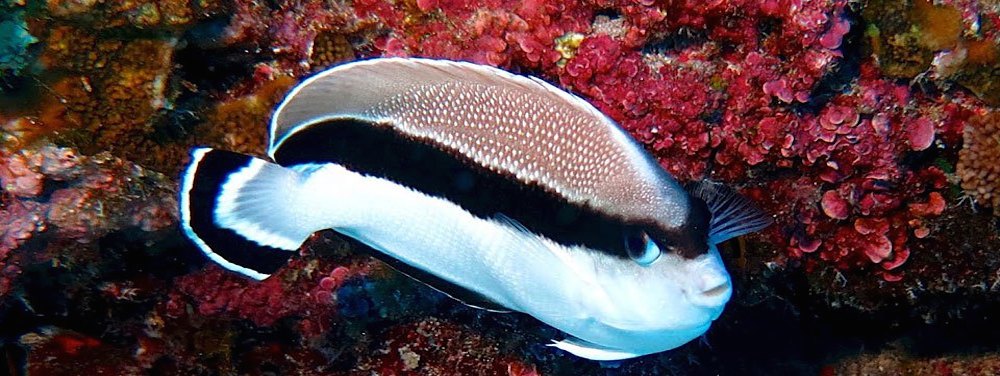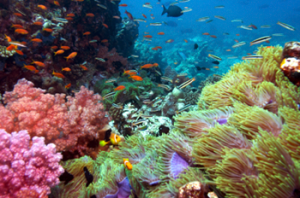Way more fish species reside in Hawaii’s Papahānaumokuākea Marine National Monument (PMNM) than previously believed. According to new research released by the National Oceanic and Atmospheric Administration, these protected waters house unprecedented levels of marine biodiversity, boasting a greater number of unique fish species than anywhere else in the world.
So how have these biological oases gone unnoticed for so long?
According to NOAA, previous studies using SCUBA gear were only observing fish in the top 100 feet of the reserves. With only partial data available, the level of unique fish species was estimated at around 21 percent. However, NOAA’s most recent two-year study also looked at fish in waters 100-300 feet deep, truly revealing a whole new world. The new perspective exposed levels closer to 50 percent, with that number increasing to a shocking 90 percent in some of the area’s deeper coral reefs.
This research underscores the value of the area’s protected marine reserves, says NOAA. PNMN is the largest protected reserve in U.S. waters and one of the biggest in the world. It spans 139,797 square miles of the Pacific — an area larger than all of the country’s national parks combined. Currently, the U.S. has a whopping number of 1,819 marine protected areas, but less one percent of them limit all harmful activity.
“The richness of unique species in the Northwest Hawaiian Islands validates the need to protect this area with the highest conservation measures available,” Randy Kosaki, PMNM’s deputy superintendent and co-author of the study,said in a written statement. “These findings also highlight the need for further survey work on the monument’s deeper reefs, ecosystems that remain largely unexplored.”

